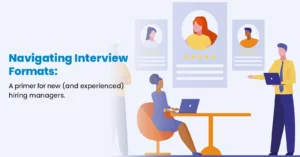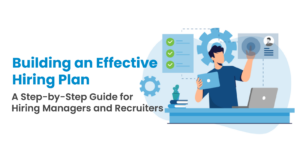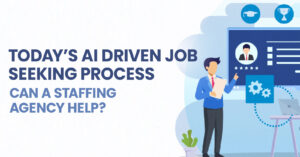For most organizations, onboarding is a clearly defined process for their full time hires; however, the same cannot always be said when it comes to contractors.
We’ve put together the following seven tips to help your organization improve the onboarding process for its contingent workers, with a goal to enhancing their long-term feelings about your company and improve engagement.
Analyze your contingent worker onboarding program
Imagine you’re joining your organization as a contractor. Who will you meet with? What do you need to do to be able to start working right away? Do you know how the payroll process works? Will you need training? What other questions might you want answers to before you start working? Consider what needs to change in your program. For a real understanding of the experience, survey some of your contingent workers for their input.Streamline your existing onboarding process
All processes need to be reviewed from time to time to ensure that the steps within it are still vital. Onboarding is no exception.Communicate clearly and manage expectations
At the heart of every new working relationship is a desire for clear communication and a firm understanding as to what’s required to succeed. First of all, make sure that all of the information that is being shared with them is accurate from the start, especially when it comes to things such as the “rates and dates”. Additionally, let your new contractor know what to expect their first day/week. Tell them what you expect of them and also who they can turn to with any questions. This information is not difficult to organize however making it available and communicating it clearly is so important for a good first impression.Build up your employer brand
Your new contingent worker will come in contact with a number of people in your organization. Each touchpoint they have with your company and its people should be a positive experience for them. Contract workers, just like employees, will come and go, and they all have an opinion about your company. Websites such as Glassdoor let workers rate employers on their experience while at the organization. Individuals looking for work use these websites religiously, so it’s important to view all touch points as opportunities to put your company in the best possible light.Manage feedback
Knowing what contingent workers have to say about your company is a great way to better manage expectations (and your employer brand). Whether it’s a formal exit interview or a survey, ask for feedback from each contractor. Be sure to track and analyze all comments (yes, even the bad ones!), and implement suggested changes whenever possible.Be flexible
Your onboarding program will change and evolve with your company’s needs. It’s important to recognize when certain elements of your program are no longer working as well as they used to and when you need to make adjustments to the process and/or the resources.Have a great onboarding team
You’ve heard the saying that a chain is only as strong as its weakest link, well the same can be said for your onboarding process. Make sure the team you have in place is properly trained, people focused and willing to share your organizational goals.The Voice of Talent: Return to the Office Report
Procom recently surveyed over 1,000 knowledge workers to discover how and where they prefer to work as offices re-open across North America. The Voice of Talent Report offers actionable insights into what workers expect in relation to mandatory vaccinations, remote work preferences, The Great Resignation, COVID-19 safety measures and more. Access your complimentary copy to discover how to attract talent in a post pandemic world: {{cta(‘876b6743-23dc-425b-b245-80dba677a9c7′,’justifycenter’)}}



